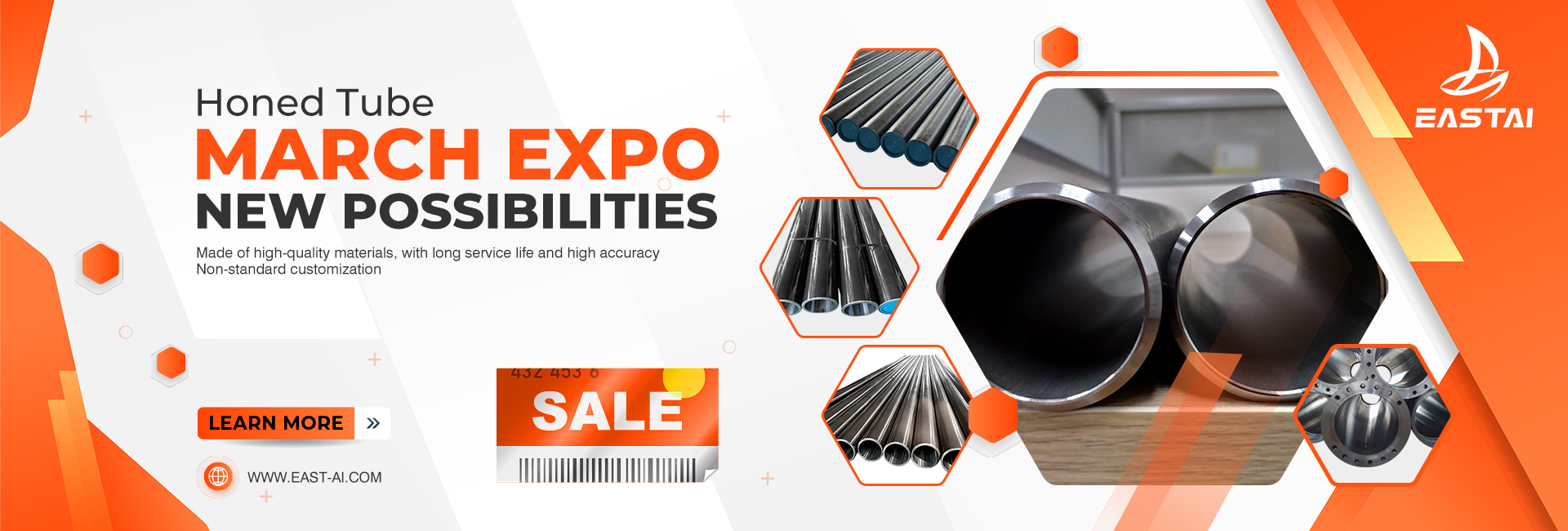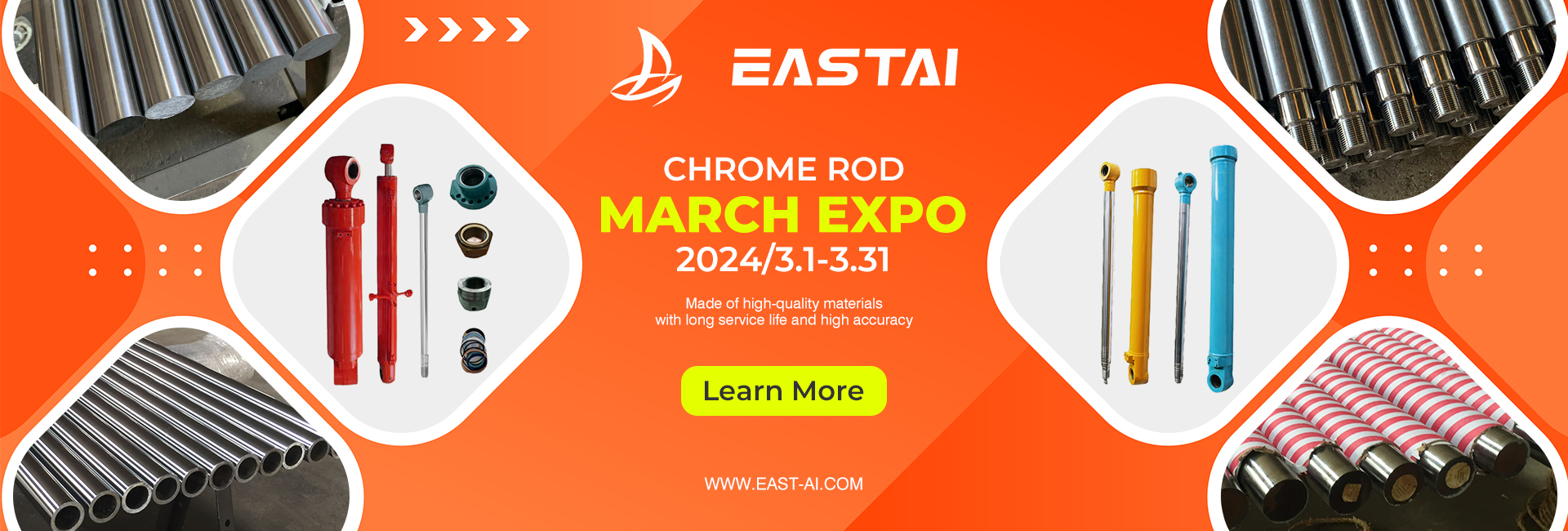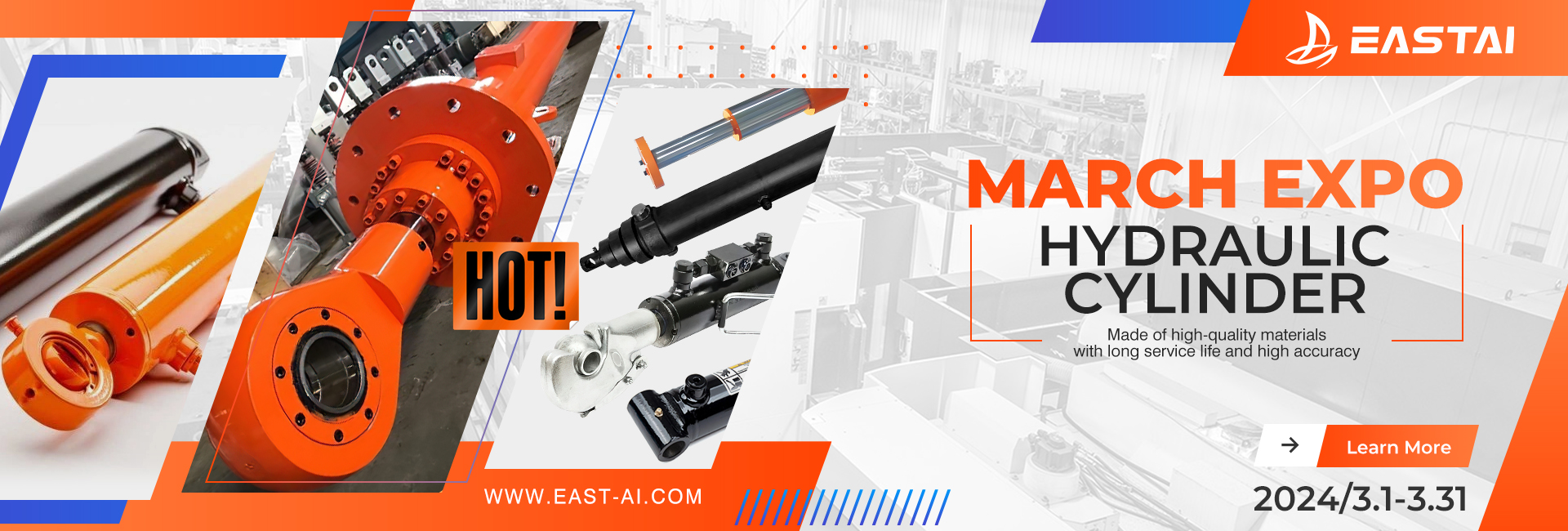Carbon steel pipes are among the most commonly used materials in the piping industry. With their high durability, strength, and affordability, they are ideal for use in a wide range of applications. In this article, we will provide you with a comprehensive guide to carbon steel pipes, including their properties, types, and applications.
1. Introduction
Carbon steel pipes are a type of steel pipes that contain carbon as the primary alloying element. These pipes are made by mixing carbon, iron, and other materials, which are then subjected to various manufacturing processes to create seamless or welded pipes of different shapes and sizes. Carbon steel pipes are widely used in various industries due to their strength, durability, and affordability.
2. What is Carbon Steel?
Carbon steel is a type of steel that contains carbon as the primary alloying element, along with small amounts of other elements such as manganese, sulfur, and phosphorus. Carbon steel is classified into four main categories based on its carbon content: low carbon steel, medium carbon steel, high carbon steel, and ultra-high carbon steel. The carbon content in carbon steel pipes can vary from 0.05% to 2.0%.
3. Properties of Carbon Steel
Carbon steel pipes have several properties that make them suitable for use in various applications. These properties include:
- Strength: Carbon steel pipes are strong and durable, which makes them ideal for use in high-pressure applications.
- Hardness: Carbon steel pipes are harder than many other materials, which makes them resistant to wear and tear.
- Ductility: Carbon steel pipes are ductile and can be bent without breaking, making them suitable for use in various shapes and sizes.
- Corrosion resistance: Carbon steel pipes have good corrosion resistance properties, especially when they are coated with a protective layer.
- Weldability: Carbon steel pipes can be easily welded and fabricated, which makes them suitable for use in various industries.
4. Types of Carbon Steel Pipes
There are three main types of carbon steel pipes:
Seamless Carbon Steel Pipes
Seamless carbon steel pipes are made by piercing a solid piece of carbon steel, which is then heated and rolled to create a hollow tube. Seamless pipes are stronger and more durable than welded pipes, but they are also more expensive.
ERW Carbon Steel Pipes
Electric resistance welded (ERW) carbon steel pipes are made by rolling a sheet of carbon steel into a tube and welding the edges together. ERW pipes are cheaper and easier to manufacture than seamless pipes, but they are also weaker and less durable.
LSAW Carbon Steel Pipes
Longitudinal submerged arc welded (LSAW) carbon steel pipes are made by bending a steel plate into a cylindrical shape and welding the edges together using a submerged arc welding process. LSAW pipes are stronger and more durable than ERW pipes, but they are also
more expensive.
5. Manufacturing Process of Carbon Steel Pipes
The manufacturing process of carbon steel pipes involves several steps, including:
Raw Materials
The first step in the manufacturing process of carbon steel pipes is to gather the raw materials. These materials typically include iron ore, coke, and limestone.
Melting and Casting
The raw materials are melted in a furnace at a high temperature, and the molten metal is poured into a casting mold to create a solid steel billet.
Rolling
The solid steel billet is then rolled into a hollow tube using a rolling mill. The rolling process involves applying pressure to the billet using a series of rollers until it reaches the desired size and thickness.
Welding
For welded carbon steel pipes, the hollow tube is welded using one of several welding processes, such as ERW or LSAW.
Heat Treatment
The final step in the manufacturing process of carbon steel pipes is heat treatment. This process involves heating the pipes to a high temperature and then slowly cooling them to improve their strength and durability.
6. Applications of Carbon Steel Pipes
Carbon steel pipes are used in a wide range of industries and applications, including:
Oil and Gas Industry
Carbon steel pipes are widely used in the oil and gas industry to transport oil, gas, and other fluids over long distances.
Chemical Industry
Carbon steel pipes are used in the chemical industry to transport chemicals and other hazardous materials.
Water Treatment Plants
Carbon steel pipes are used in water treatment plants to transport water and other liquids.
Construction Industry
Carbon steel pipes are used in the construction industry to build structures such as buildings, bridges, and tunnels.
Automotive Industry
Carbon steel pipes are used in the automotive industry to manufacture various parts such as exhaust systems and chassis.
7. Advantages of Carbon Steel Pipes
Carbon steel pipes offer several advantages, including:
- Durability: Carbon steel pipes are strong and durable, which makes them ideal for use in various applications.
- Affordability: Carbon steel pipes are more affordable than many other materials, which makes them ideal for use in large-scale projects.
- Weldability: Carbon steel pipes can be easily welded, which makes them suitable for use in various shapes and sizes.
8. Disadvantages of Carbon Steel Pipes
Despite their many advantages, carbon steel pipes also have some disadvantages, including:
- Corrosion: Carbon steel pipes can corrode over time, especially if they are not properly coated with a protective layer.
- Brittle: Carbon steel pipes can become brittle at low temperatures, which can cause them to crack or break.
- Heavy: Carbon steel pipes are heavier than some other materials, which can make them more difficult to transport and install.
9. Maintenance of Carbon Steel Pipes
To ensure the longevity and durability of carbon steel pipes, proper maintenance is essential. This includes regular inspections, cleaning, and coating with a protective layer to prevent corrosion.
10. Environmental Impact of Carbon Steel Pipes
The production and use of carbon steel pipes can have a significant environmental impact, including the emission of greenhouse gases and the depletion of natural resources. To mitigate these impacts, manufacturers are increasingly adopting sustainable practices and using recycled materials in the production of carbon steel pipes.
11. Conclusion
Carbon steel pipes are a versatile and durable material that is widely used in various industries and applications. With their many advantages and disadvantages, it is important to carefully consider the specific needs of each project before choosing a carbon steel pipe.
Post time: May-10-2023




